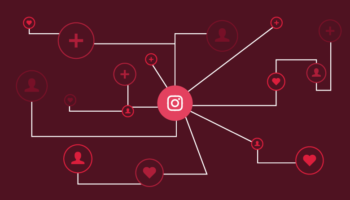In a world where air quality has become a major concern, many are turning to innovative solutions to keep the air in their homes and businesses clean and safe. UV air disinfection systems are one such solution, but knowing when to use them can be difficult. UV disinfection systems are gaining popularity in hospitals and homes for eliminating harmful pathogens and bacteria from the air you breathe. This article discusses when you can use UV disinfection systems. Read on.
Surface Disinfection
If you’re looking for a way to disinfect surfaces in your home or workplace, you might want to consider UV air disinfection systems. These systems use ultraviolet light to kill or inactivate bacteria, viruses, and other microorganisms, and they can be highly effective tools for reducing the spread of germs. The UVC light emitted by the system can penetrate and disinfect surfaces effectively.
For example, if you have a UV disinfection system installed in a room, you can position it so that the UVC light shines directly onto high-touch surfaces such as doorknobs, countertops, and light switches. This can help to disinfect these surfaces and reduce the risk of contamination.
Of course, it’s important to note that UV air disinfection systems do not replace regular cleaning and disinfection. You should use them with other measures, such as handwashing and surface cleaning, to create a comprehensive strategy for reducing the spread of germs.
Air Disinfection
UV light disinfection is more effective on still or stagnant air than moving air. When air is still or stagnant, it has more contact with the UV light, allowing the light to kill harmful bacteria and viruses in the air.
Many facilities install UV disinfection lights high up in their rooms to make the air cleaner. This works well in big rooms with high ceilings where the air can get stale and dirty. The UV lights help the air move around so that all parts of the room get disinfected.
You can position UV lamps near drain pans and coils of refrigerators and air conditioners. These areas are often cool and damp, making them a perfect breeding ground for harmful bacteria and viruses. Placing UV lamps near these areas ensures that bacteria and viruses are killed before they can grow and contaminate the air.
Water Disinfection
UV lamps can be installed in water treatment plants, water tanks, or other areas where water flows. As water passes through the system, it is exposed to UV light, which kills any harmful microorganisms that may be present, including bacteria, viruses, and protozoa.
One of the advantages of UV disinfection systems is that they are effective against a wide range of microorganisms and do not add any chemicals to the water, making them a safe and environmentally friendly option. However, they require regular maintenance and monitoring to ensure the UV lamps work correctly and provide adequate disinfection.
Summing Up
If you’re concerned about airborne viruses or bacteria or simply want to improve the overall air quality of your home or office, UV air disinfection systems can help to kill germs and prevent the spread of disease. However, it’s important to choose the right type of system for your needs and ensure that it is properly installed and maintained to ensure optimal performance.







